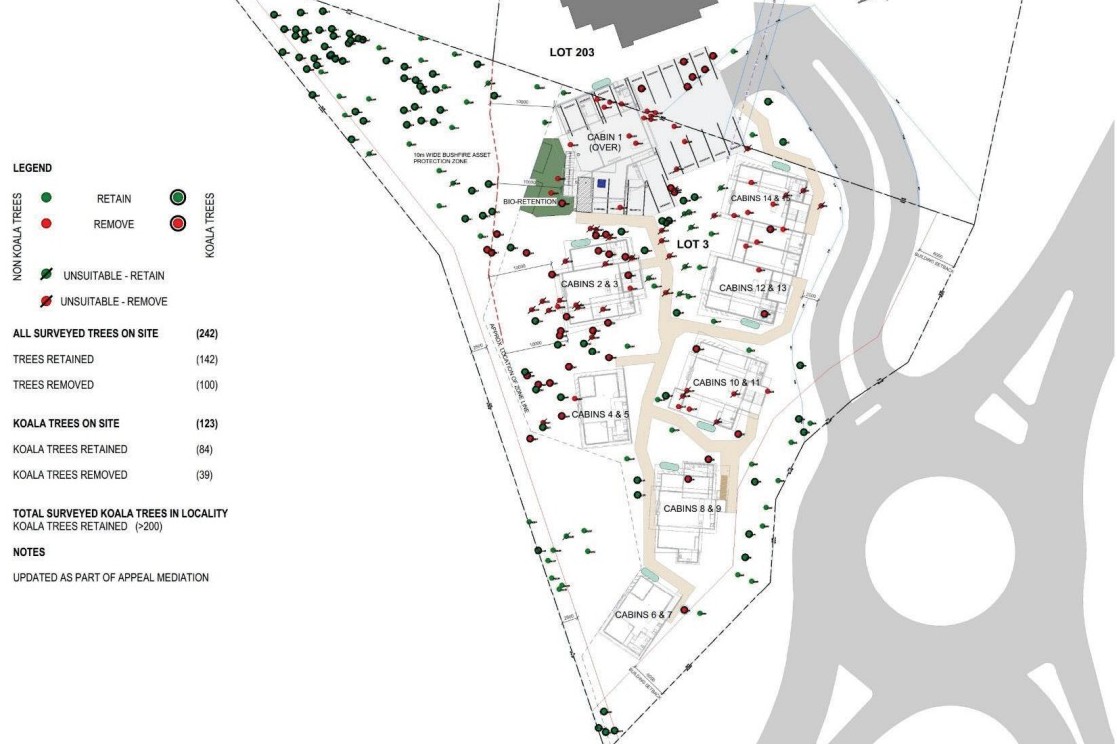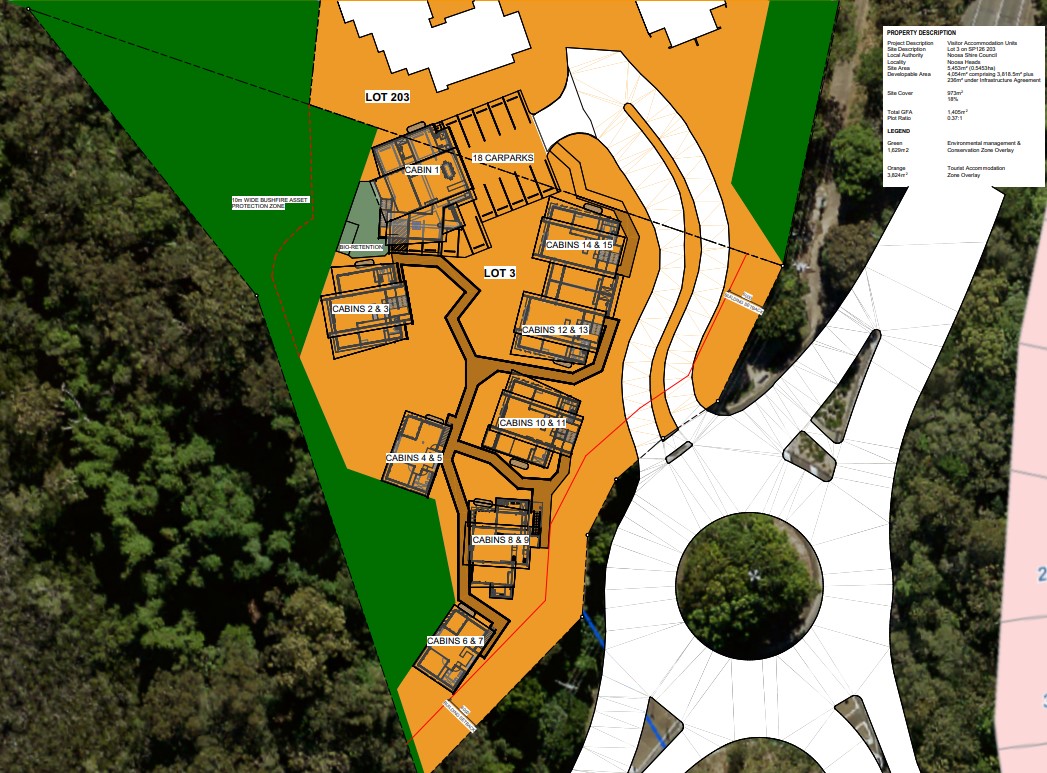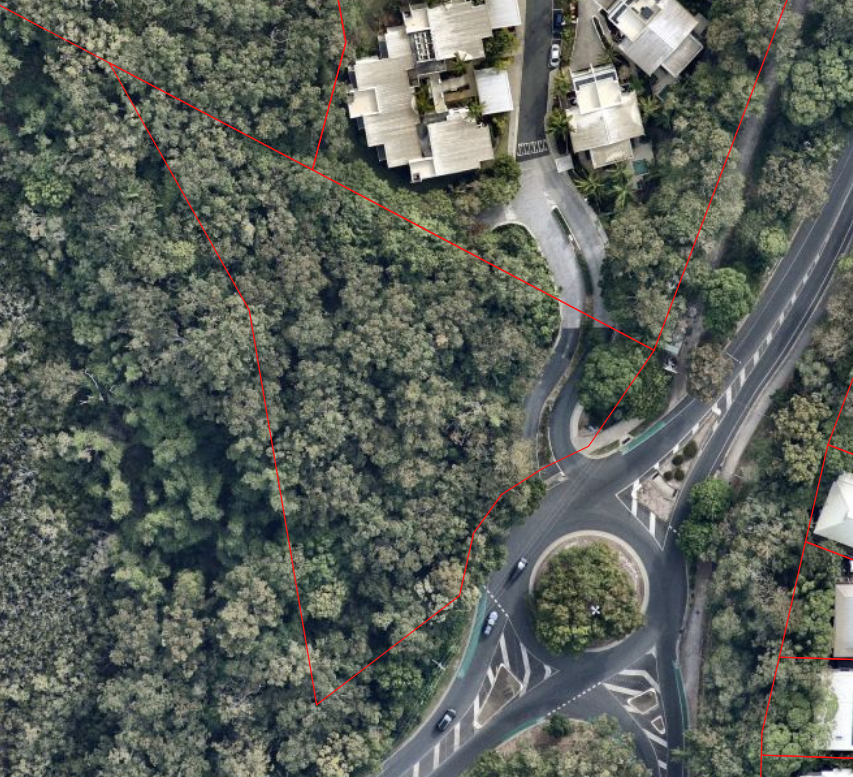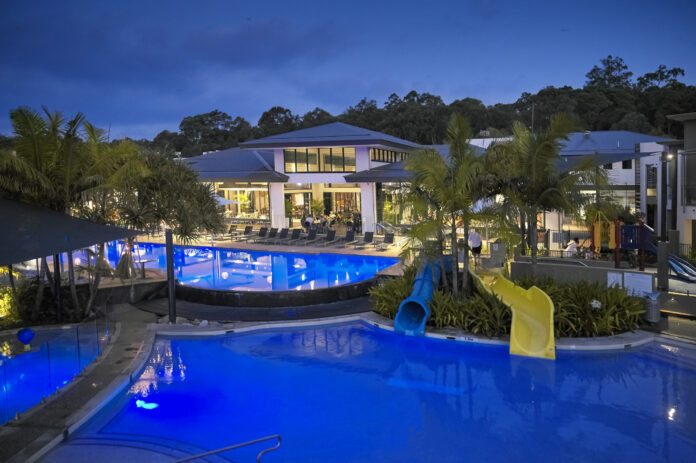More trees have been earmarked for removal to build new cabins at an existing resort as a Planning and Environment Court battle continues.
The Royal Automobile Club of Victoria (RACV) has submitted minor changes to its proposed expansion over land at 94 and 142 Noosa Drive, Noosa Heads.
The resort lodged the appeal with the court in December 2023 after Noosa Council refused an initial development application for 15 cabins, a new lagoon pool, 18 additional car parking spaces and alterations to the existing resort access.
The two blocks fall under the Tourist Accommodation Zone (TAZ) and Environmental Management and Conservation Zone (EM&CZ), with a total area of about 5.18 hectares.
In the original application to council, 71 trees out of 242 were required to be removed to build the development, with a further 11 trees labelled as “to be confirmed”.
In October 2024, a minor change document submitted to the court revealed the number of removed trees would decrease to 64, with five still to be confirmed.

However, according to new documentation submitted to the court on behalf of RACV in July, the number of trees to be removed has increased to 100, with 142 to be retained.
Do you have an opinion to share? Submit a Letter to the Editor at Sunshine Coast News via news@sunshinecoastnews.com.au. You must include your name and suburb.
Also as part of the changes, the total ground floor area of the built development will decrease by 168sqm as four of the cabins will be reduced from two bedrooms to one bedroom.
“There is no aspect of the development that is sought to be increased or intensified by the proposed changes,” the documentation states.

“Perhaps the most significant aspect of the change in this context is that with the changes all of the development is now located solely within the TAZ, whereas without the changes a small part of the development was located within the EM&CZ as well.
“The change to vegetation removal/retention is a direct consequence of this reduction in footprint so as to ensure all of the development is within the TAZ.”
An arborist report outlines that 30 of the existing trees earmarked for removal are “redundant already” due to invasive vines, while 26 are “at best questionable” because of the vines.
A further 14 would be removed for bushfire safety.

An ecological report further addresses impacts, stating: “There are no overall negative ecological aspects associated with the proposed changes.
“The level of tree loss is much the same as between the two iterations of the plans.
“Open space, generally, has increased due to some of the cabins being smaller, the footprint has decreased and all of the development is also now confined to the Tourist Accommodation Zone, being the eastern part of the overall land, further away from the ecological values to the west.”
The report outlines that while tree retention has decreased, the area for possible rehabilitation has increased from 3141sqm to 3539 sqm.

“The updated rehabilitation plan provides more details on the areas, species and densities to be planted and includes more specifications regarding the rehabilitation objectives and process.
“The updated plan allows for a greater area, overall, to be rehabilitated.
“Overall, while there is perhaps a small additional loss of existing trees when looking at the overall outcome, the amended development results in a net positive solution as compared to the original plans.”
The matter is due for review on September 1.
The aerial imagery in this story is from Australian location intelligence company Nearmap. The company provides government organisations, architectural, construction and engineering firms, and other companies, with easy, instant access to high-resolution aerial imagery, city-scale 3D content, artificial intelligence data sets, and geospatial tools to assist with urban planning, monitoring and development projects in Australia, New Zealand and North America.





